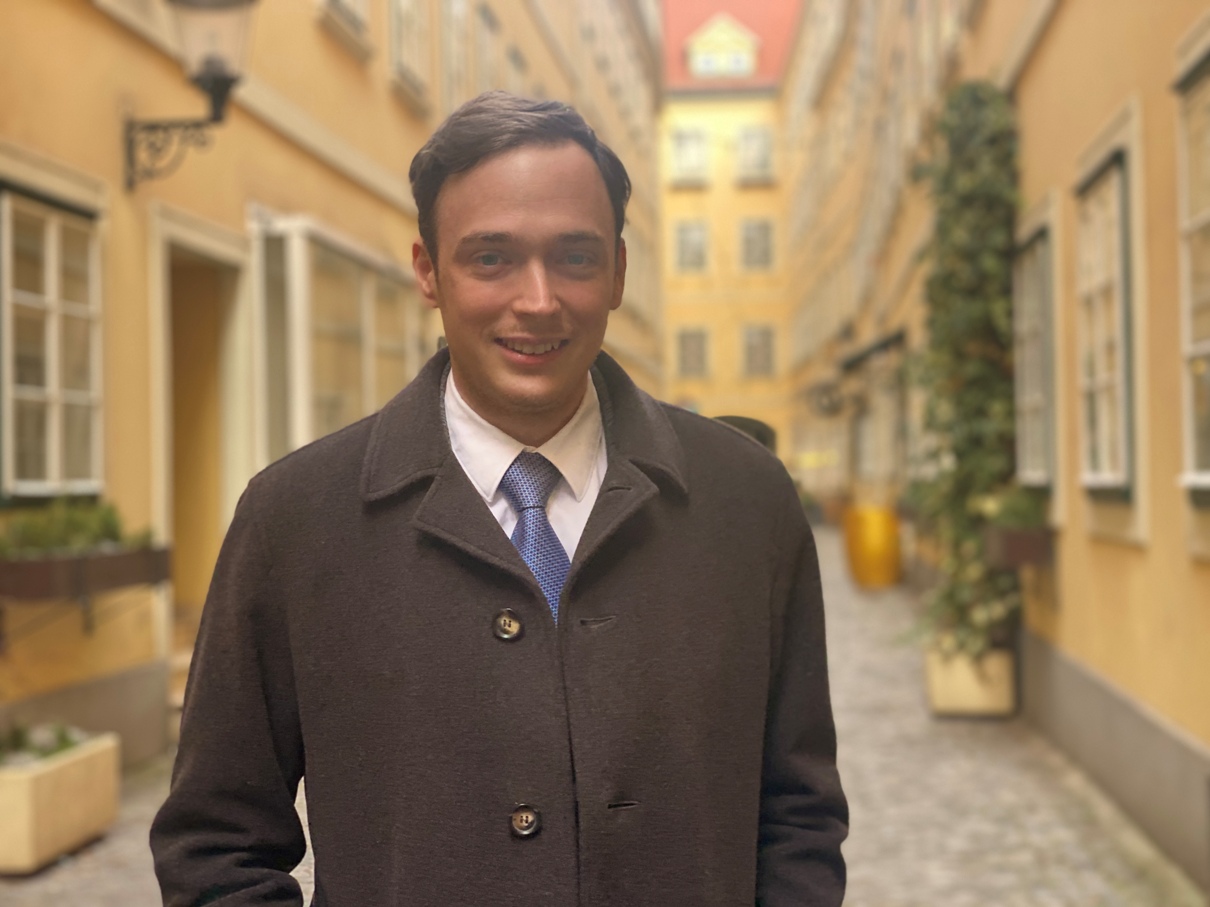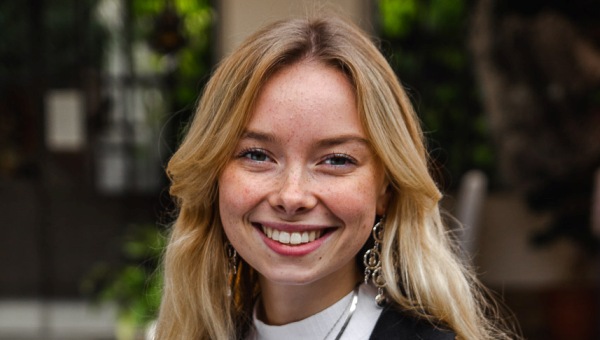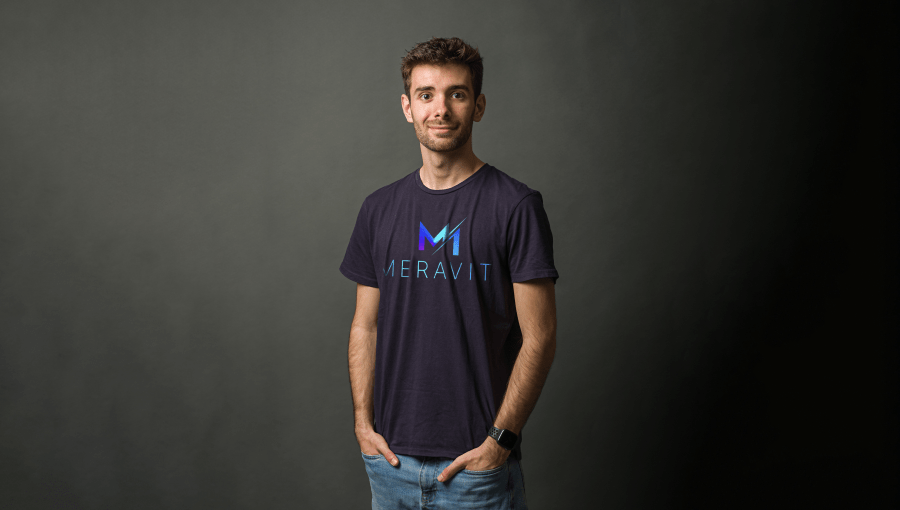Rare Skills: MA Alumnus Bernat Racz
Originally from Hungary, alumnus Bernat Racz graduated from JCU in 2021 with an MA in Art History. He then went on to earn another MA from the Central European University, where he is currently pursuing a PhD in Late Antique, Medieval, and Early Modern Studies. His book The 12th-Century Mosan Reliquary of Pétermonostora is forthcoming from Archaeopress Oxford; Archaeolingua.
How did you become passionate about Art History?
I have always been interested in the arts, but I also had an interest in the history of literature and archaeology. As a long-time participant (and founding member) of community archaeology in Hungary, I have discovered many prehistoric, ancient, and medieval artworks and jewelry. My fascination for history and particularly these objects, in addition to my interest in museums, made me passionate about art history.

You’re currently pursuing a PhD in Late Antique, Medieval, and Early Modern Studies. Tell us about your work and research.
I am researching two of the largest northwestern European enamels. These were made in the Meuse Valley and were discovered during the excavations of a medieval monastery in Hungary which was destroyed by the Mongols in 1241. When I started my research almost nothing was known about these enamel plaques. It turned out that they were made by one of the best goldsmiths of 12th-century Latin Europe. I am the curator of these artworks, which are kept in the Museum of Kecskemét (Hungary), and in addition to my research, I oversee the restoration of these plaques and the other fragments of the reliquary the plaques belonged to. Currently, I am working with the museum director Szabolcs Rosta on a permanent exhibition, which contains the remains of the liturgical equipment of this monastic church. Apart from this artwork, in my PhD research, I also examine a few other similar so-called Mosan phylactery reliquaries and their iconography with a special focus on the function of their narrative arrangement.
In 2023 you were one of the recipients of the Tanasa Award at the Central European University, which you received for your thesis The Reliquary of Pétermonostora: A Twelfth-Century Mosan Phylactery Discovered in Hungary, and the prestigious András Kubinyi Youth Award. Tell us about it.
I received the Tanasa Award for the research on the Mosan reliquary plaques that I did for my MA thesis in “Medieval Studies” at CEU. The award is named after Zvetlana Tanasa, a gifted PhD student at the department who died of cancer. The department founded this award to recognize the best MA theses every year. I also won the András Kubinyi Youth Award, which is given together with the main Kubinyi Award. This is probably the most prestigious prize for medievalists in Hungary. It is named after of one of the most renowned medievalists of East Central Europe. At the award ceremony, Gergely Buzás, director of the Matthias Rex Museum, called my work one of the best writings of the last decade about art in Hungary.

How did your studies at JCU help you in graduate school? What JCU classes and/or professors had the greatest impact on you and why?
JCU’s courses proved to be extremely valuable for me. Professor Sharon Salvadori’s lectures on saints and relics led me to the study of this specific aspect of medieval art. It was because of this course that I started my research on the Mosan reliquary plaques. Professor Lila Yawn’s course on manuscripts and the thesis and research seminars gave me a great understanding of many different themes and issues connected to art history and medieval art and culture. I am especially grateful for her unique emphasis on methodology. People who attended her courses developed excellent skills in presenting artworks and scholarly observations, a skill that is quite rare. Finally, I would like to emphasize the courses of Professors Crispin Corrado and Jens Koehler. Both of them enhanced my topographical and contextual understanding of artworks and monuments. The skills I acquired in Professor Corrado’s course on the topography of Ancient Rome helped me greatly in the archeological section of my forthcoming book.
What advice would you give to students who are considering JCU’s MA in Art History?
Apply! You will learn a lot. Keep in mind that you should focus on discovering what art historical subject you are passionate about. Apart from the many monuments and art, Rome has some of the greatest libraries, which you should take advantage of. Rome is not only an excellent place for the material sources but also for the literature that is available. Another important piece of advice would be to learn languages: Italian, French, German, and Latin are essential skills for an art historian and the sooner you start learning the better. Also, try to plan ahead, think about what you are going to do after your MA, and use your time at JCU to work towards those goals.
What are your plans for the future?
Hopefully, my book The 12th-Century Mosan Reliquary of Pétermonostora will be published within a few months, as it is already in the final stages of editing. I am also currently gathering data for another book which will be on the medieval liturgical artworks of Bács-Kiskun County. This will be a corpus on archaeological material, which varies from simple Gothic book cover pieces to special Hungarian Romanesque crosses, and high-quality Rhenish bone carvings of circa 1200. In the next three years, I hope to finish my PhD dissertation. After that, I hope to continue research on high medieval Western art.





